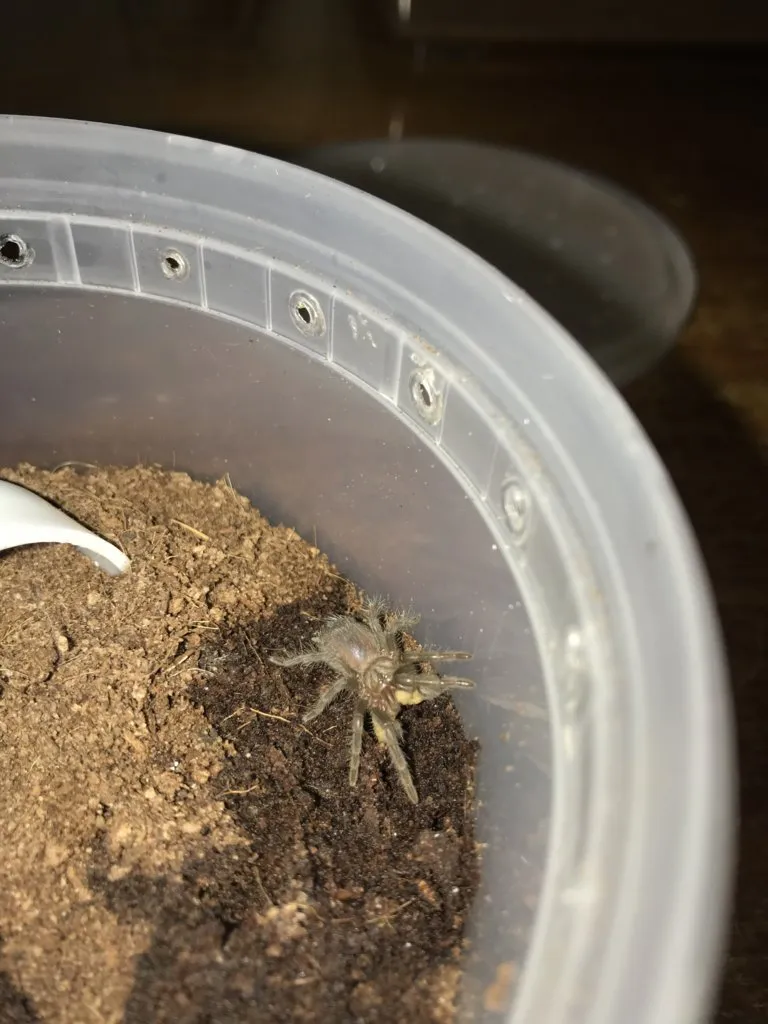What is an Albo Tarantula Sling
The Albo tarantula, scientifically known as Grammostola pulchra, is a popular species among tarantula enthusiasts. A “sling” refers to a juvenile tarantula, typically in its early stages of life. These young spiders require specialized care to ensure their healthy development into adulthood. The Albo tarantula sling is particularly sought after due to its relatively docile temperament and striking appearance, featuring a velvety black body and striking white markings on its legs. Properly caring for an Albo tarantula sling involves understanding its specific needs regarding enclosure, feeding, humidity, and overall environment. This guide provides essential information to help you successfully raise an Albo tarantula sling.
Identifying an Albo Tarantula Sling
Appearance and Characteristics
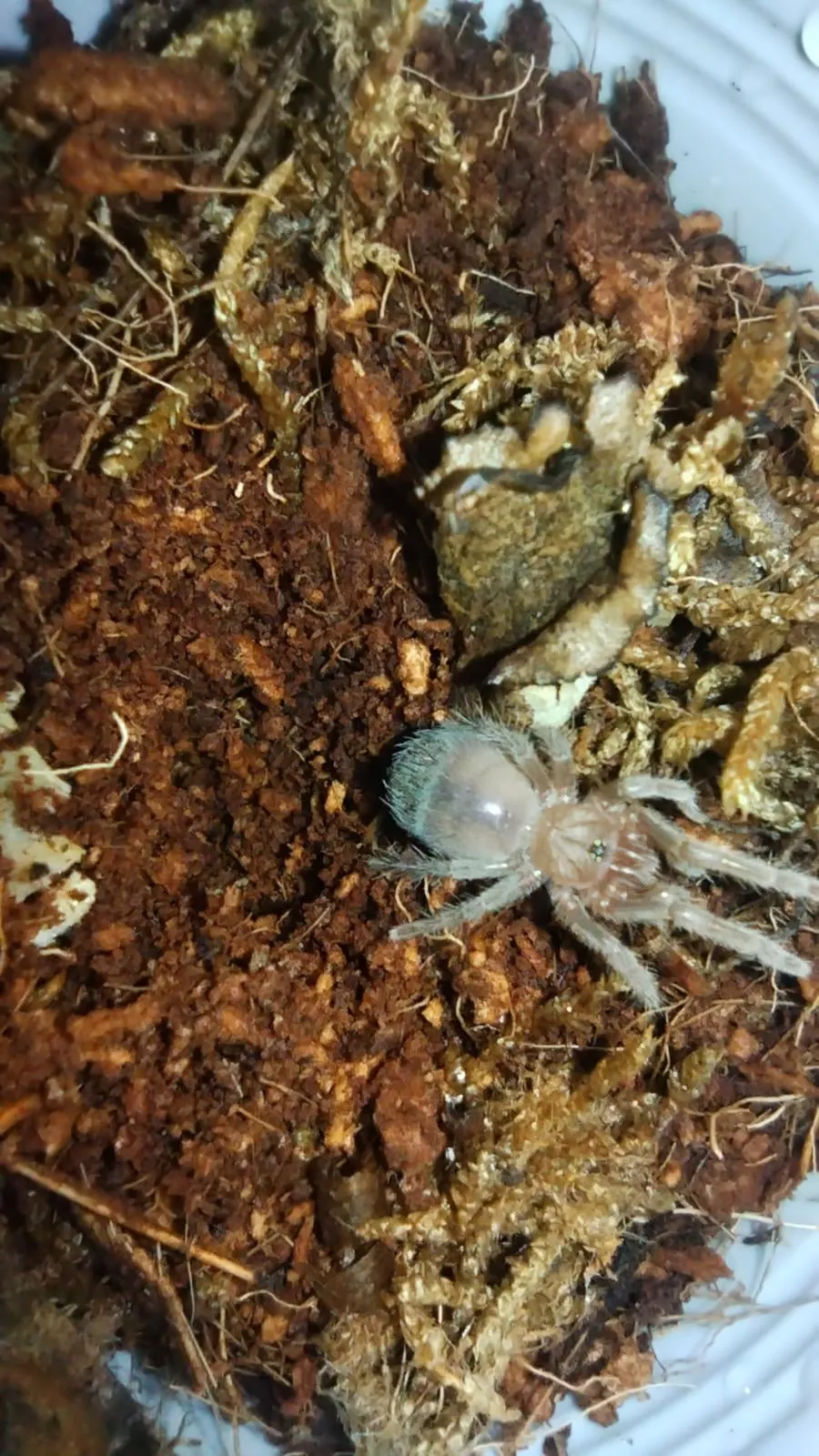
Albo tarantula slings are usually small, ranging from a quarter-inch to about an inch in leg span, depending on their age. Their coloration is typically a deep black or dark brown, which becomes more pronounced with each molt. The defining feature is the presence of white markings on the legs, which can vary in intensity but are generally quite noticeable. As they mature, these markings become more defined and the contrast between the black body and white legs becomes more vivid. When purchasing a sling, observe these key characteristics to ensure you have an Albo tarantula.
Behavioral Traits
Albo tarantula slings are generally known for being relatively docile, especially compared to some other tarantula species. While they might display skittish behavior, they are not as likely to be defensive or aggressive. Slings may try to burrow or hide when they feel threatened, making proper enclosure design vital. Regular observation can help you understand your sling’s personality and behavior. Understanding the behaviors of your sling will help you in the long run.
Setting Up the Perfect Enclosure
Creating the ideal enclosure is the foundation of proper Albo tarantula sling care. The enclosure should mimic their natural habitat and provide them with a safe and comfortable environment. Several factors influence the setup, including size, substrate, and ventilation. The enclosure should be secure, escape-proof, and easy to access for maintenance and observation. Prioritizing these elements will significantly contribute to the well-being of your sling.
Choosing the Right Enclosure Size

For Albo tarantula slings, a small enclosure is often best, as it helps them feel secure and makes it easier to monitor their feeding and molting habits. A deli cup or a small plastic terrarium is ideal. The enclosure should be approximately 3-4 times the tarantula’s leg span in length and width, providing ample space for the sling to move around. As the sling grows, it will need to be moved into larger enclosures. Make sure the enclosure has a secure lid to prevent escape.
Substrate Selection and Depth
The substrate is the bedding material at the bottom of the enclosure. For Albo tarantula slings, a mixture of coco fiber, peat moss, and a small amount of vermiculite is an excellent choice. This substrate combination retains moisture well, which is important for maintaining the proper humidity levels. The depth of the substrate should be at least 2-3 inches, allowing the sling to burrow if it chooses to. Avoid substrates that are sharp or toxic.
Humidity and Ventilation
Maintaining the correct humidity is essential for the health of your Albo tarantula sling. Aim for humidity levels between 60-70%. This can be achieved by lightly misting the substrate every few days or as needed. Good ventilation is also important to prevent mold and mildew. Ensure the enclosure has small ventilation holes in the lid and sides to allow for air circulation. Avoid over-misting, as excessive moisture can be harmful.
Temperature Requirements
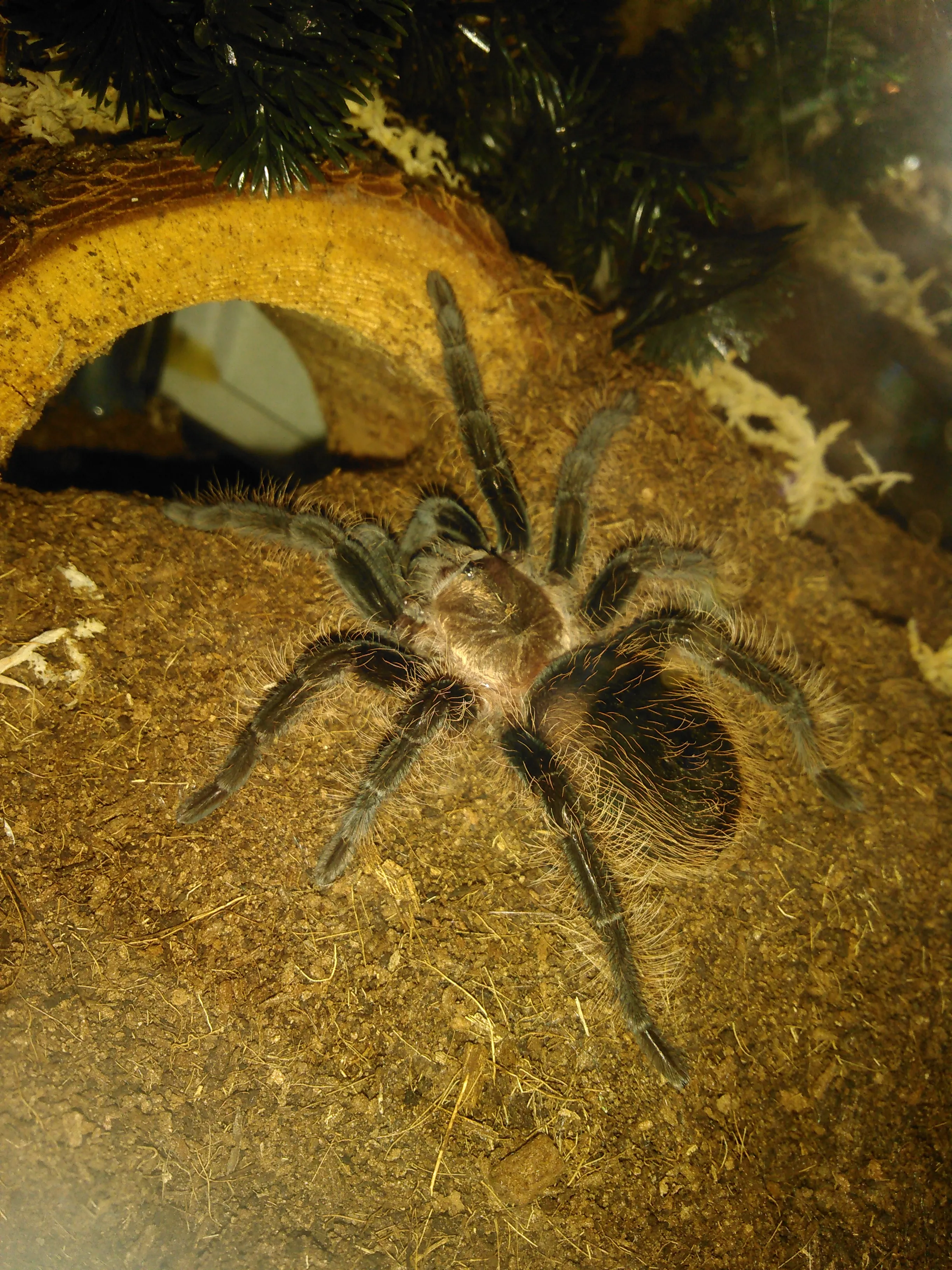
Albo tarantulas thrive in temperatures between 75-85°F (24-29°C). You can achieve this with a stable room temperature or, if necessary, a heat mat placed on the side of the enclosure. Never place the heat mat directly under the enclosure, as this can overheat the sling. Ensure the temperature remains consistent to support the tarantula’s metabolism and overall well-being. A thermometer should be kept in the enclosure to monitor the temperature.
Feeding Your Albo Tarantula Sling
Feeding is a critical aspect of caring for your Albo tarantula sling. Proper nutrition and feeding practices are crucial to support their growth and development. The diet must be appropriate for their size and age. Monitor the sling’s eating habits to ensure it is receiving adequate nutrition.
Appropriate Food Choices
Albo tarantula slings primarily feed on small insects. Good food choices include:
- Fruit flies (wingless or flightless)
- Small crickets
- Pinhead crickets
- Small mealworms
Ensure the insects are properly sized to the sling. The prey should be no larger than the tarantula’s abdomen, as this can make it difficult to handle and eat.
Feeding Frequency and Amount
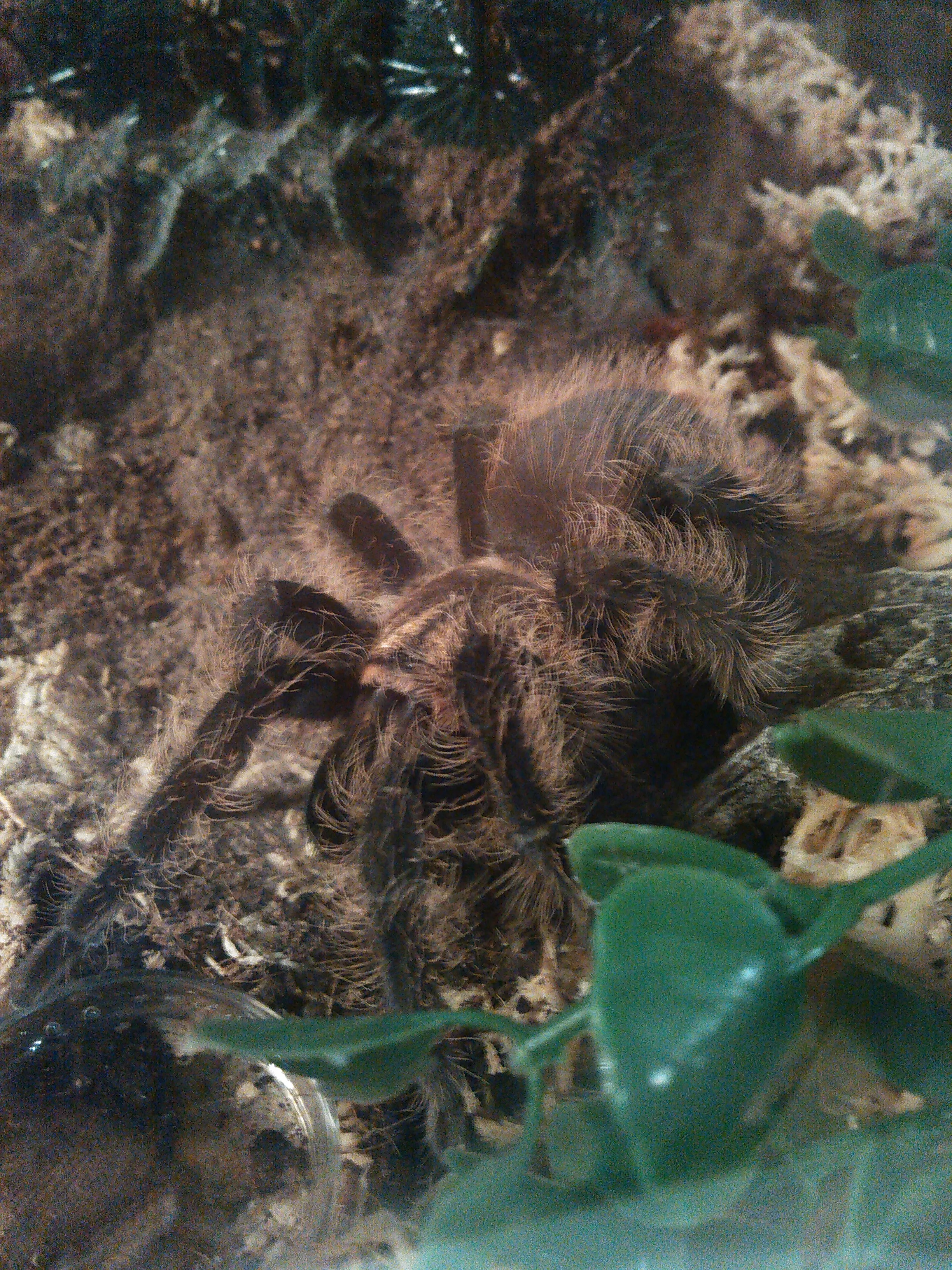
Young slings need to be fed more frequently than adults. Typically, feed them every 2-3 days. Offer one or two appropriately sized insects per feeding. Remove any uneaten food within 24 hours to prevent mold and mites. Adjust the feeding frequency based on the sling’s appetite and growth rate. As the sling grows, you can reduce the feeding frequency.
Watering and Hydration
Hydration is essential. Albo tarantula slings get their water through their food and by drinking droplets of water. Provide fresh water regularly. You can use a shallow water dish or a cotton ball soaked in water. Ensure the water source is always clean and accessible. Slings often drink water droplets left after misting the enclosure.
Handling and Safety
While Albo tarantulas are known for their docile nature, handling a sling is generally discouraged. However, if you do choose to handle, approach it with caution and respect. This reduces the risk of injury to both the tarantula and yourself.
When to Avoid Handling
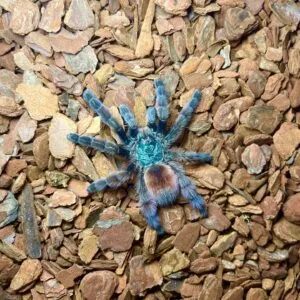
There are several situations in which handling should be avoided: during molting, after molting (when their exoskeletons are soft), if the tarantula seems stressed, or if it is displaying defensive behaviors. If the tarantula is rapidly moving its legs or raising its front legs in a threat posture, it is best not to handle it. Always prioritize the safety of the spider.
Safe Handling Techniques
If you choose to handle your Albo tarantula sling, do so with utmost care. Encourage it to walk onto your hand rather than trying to pick it up. Handle it low to the ground, in case it falls. Always wash your hands before and after handling the tarantula. Avoid sudden movements and be gentle. Never squeeze or apply pressure.
Common Health Issues and Prevention
Just like any pet, Albo tarantula slings can be susceptible to certain health issues. Knowing how to identify and prevent these issues is essential for ensuring their well-being.
Signs of a Healthy Sling

A healthy Albo tarantula sling will be active, have a good appetite, and exhibit vibrant coloration. It should move normally and react appropriately to stimuli. The abdomen should be plump, not shrunken. The tarantula should regularly eat and drink. Watch for normal molting cycles.
Dealing with Mites and Other Pests
Mites and other pests can be a common problem in tarantula enclosures, particularly if the enclosure is too humid or has poor ventilation. Prevention is key: maintain proper humidity levels, provide good ventilation, and remove uneaten food promptly. If mites appear, isolate the affected tarantula and clean the enclosure thoroughly. Consider using mite control products specifically designed for tarantulas. Replace the substrate and clean all decorations. If the infestation is severe, consult with an experienced tarantula keeper.
Molting Process
Molting is a critical process for tarantulas, including Albo tarantula slings. It is how they grow and shed their old exoskeletons. Understanding the molting process will help you provide appropriate care during this vulnerable period.
Understanding Molting
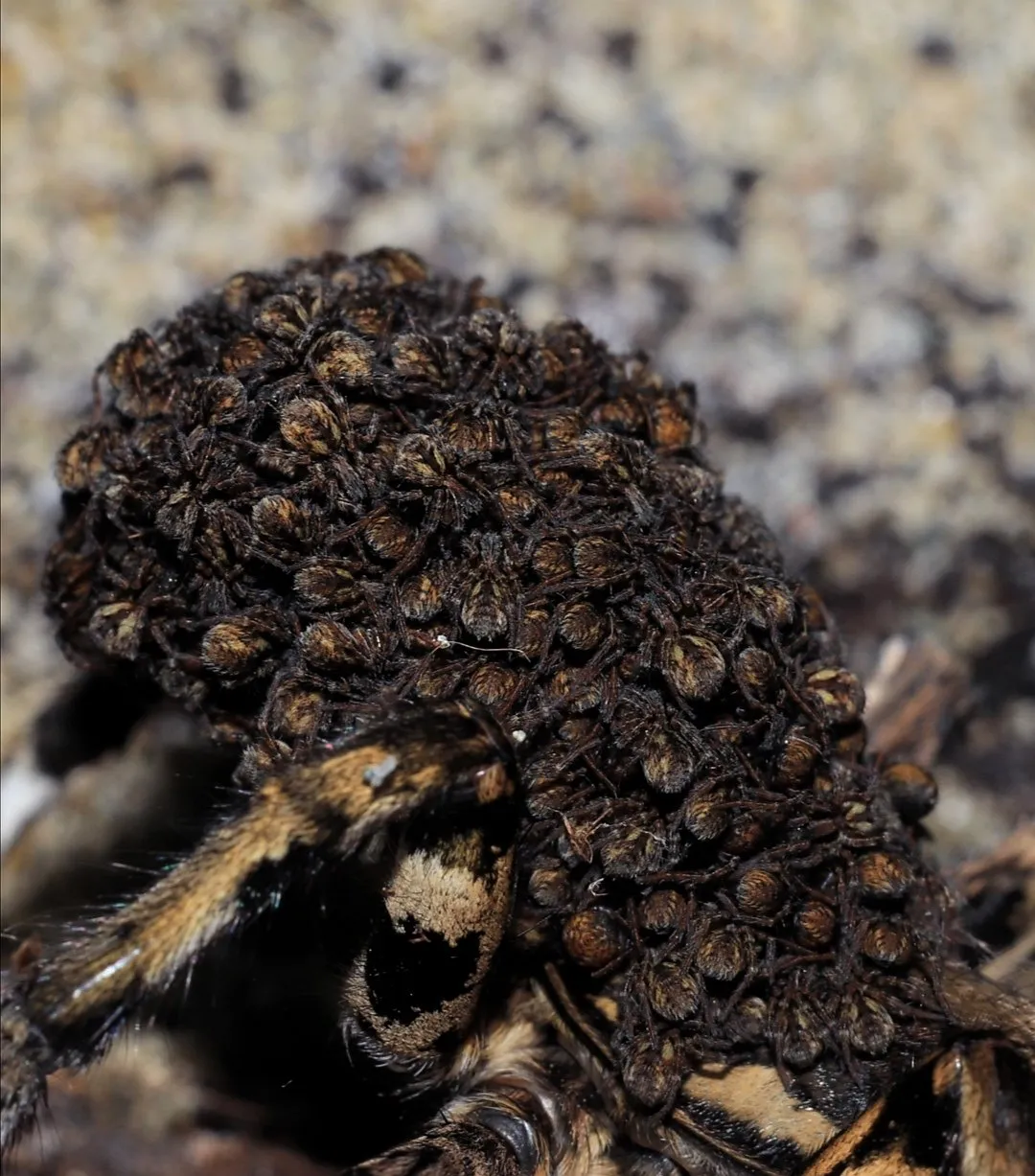
Tarantulas molt to shed their exoskeletons, which do not grow. Molting allows them to grow larger and regenerate lost limbs. The frequency of molting depends on the tarantula’s age, with slings molting more frequently than adults. Before molting, the tarantula will typically stop eating, and its abdomen may appear darker. It may also spend more time hiding or lying on its back.
Caring for a Sling During Molt
During the molting process, avoid disturbing the tarantula. Keep the enclosure humidity level consistent. Do not feed the tarantula until its new exoskeleton has hardened, which can take several days or even weeks. After molting, the tarantula is extremely vulnerable. Do not handle it during this time. Once the exoskeleton has hardened, you can resume feeding. Observe the tarantula for any issues after molting, such as limb deformities.
Final Thoughts and Additional Resources
Caring for an Albo tarantula sling is a rewarding experience. By providing a proper enclosure, appropriate food, and attentive care, you can ensure your sling thrives and grows into a healthy adult. Remember that patience and observation are key. If you encounter any issues or have further questions, consult experienced tarantula keepers or online resources. With the right care, your Albo tarantula will become a fascinating and rewarding pet.
